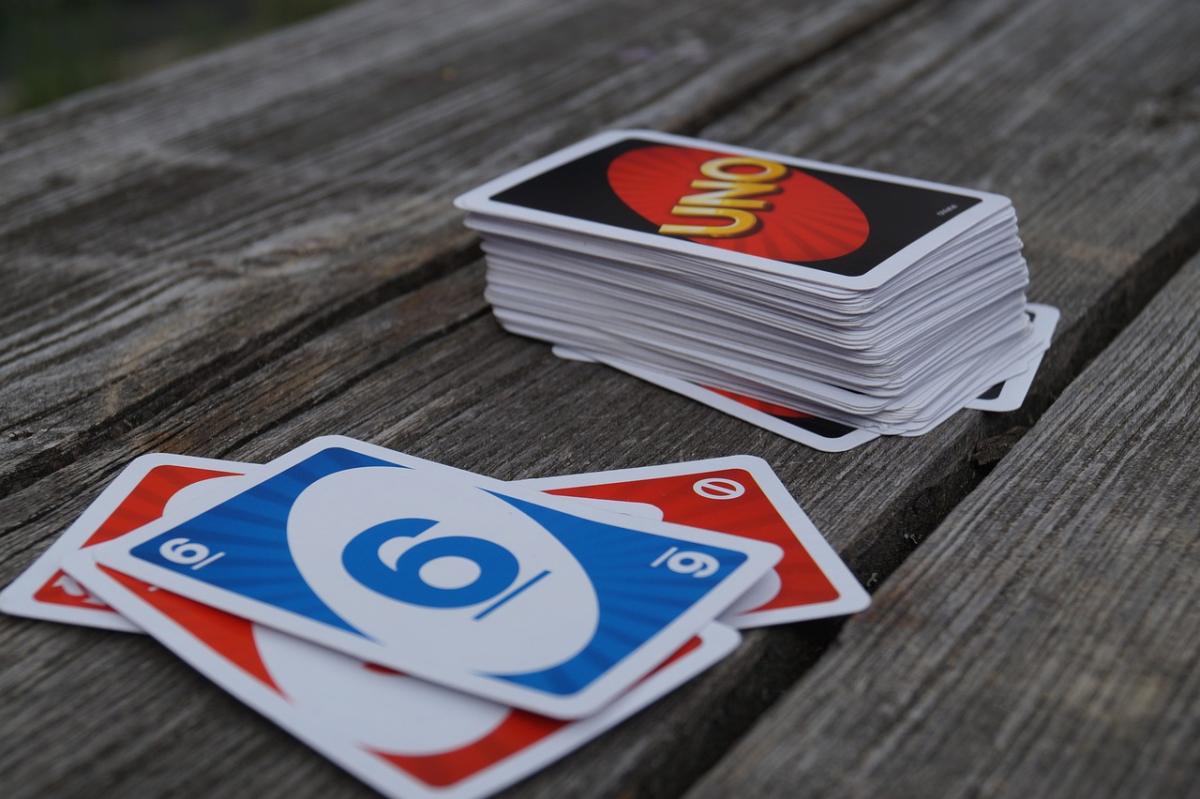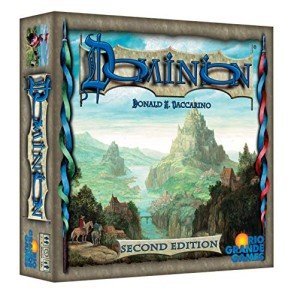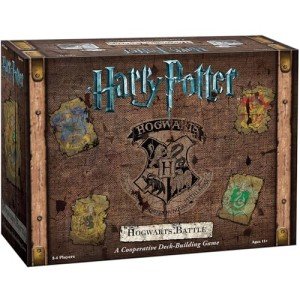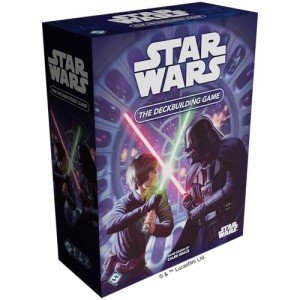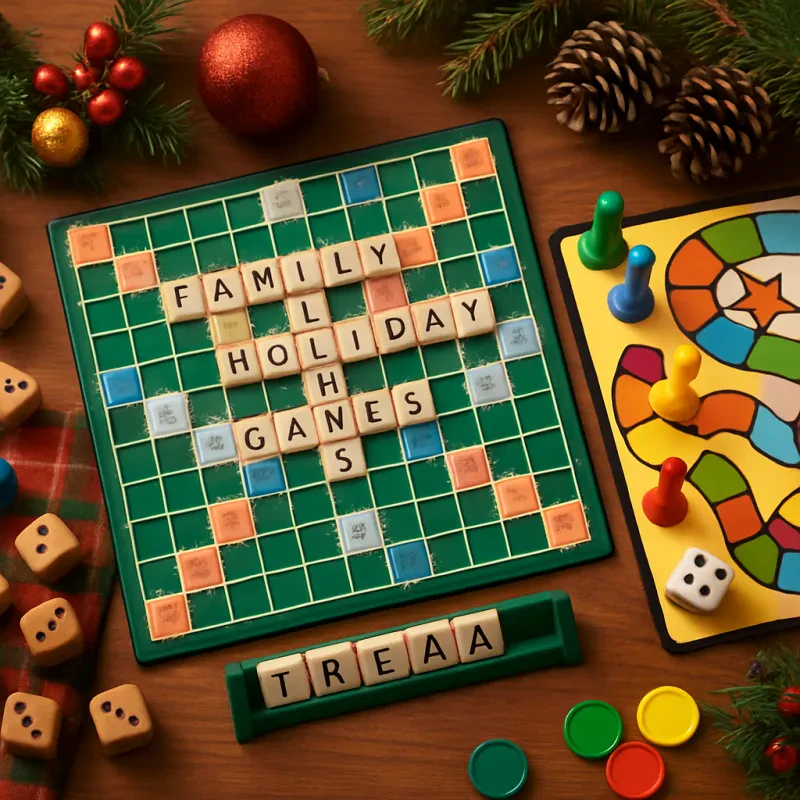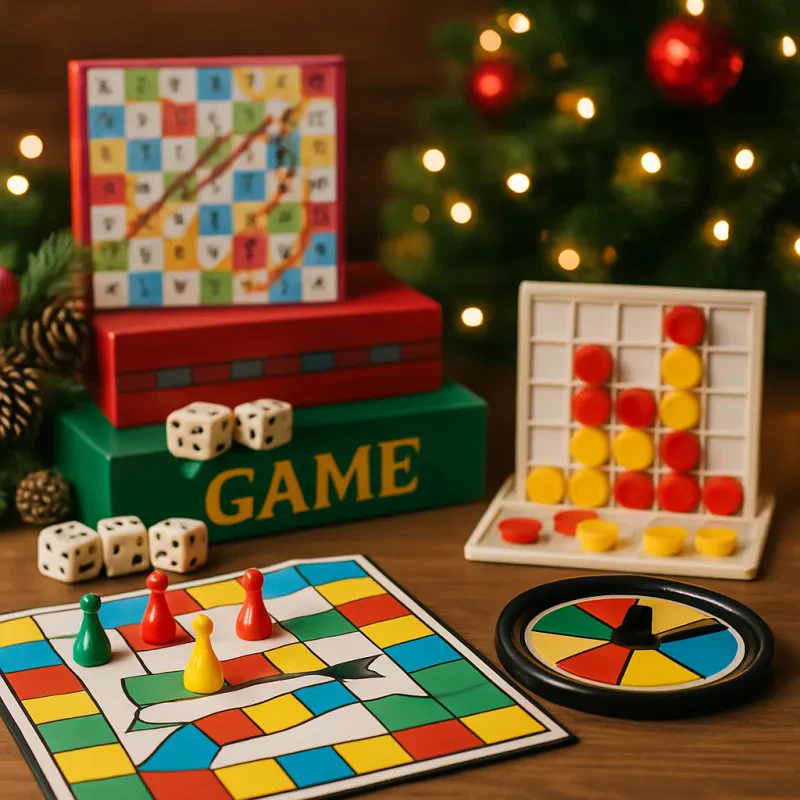When we talk about board games, it's easy to picture those colorful game boards sprawled out on the table, dice shaking, and players strategizing their next moves. But what exactly makes a game a board game? Let's dive into some key elements that define this fun category of games.
First off, a board game typically involves a physical board that acts as the playing field. This board is usually marked with paths, spaces, or areas where players move their pieces. It’s all about creating a visual landscape that pulls you into the game’s world. Think about classics like Monopoly or Settlers of Catan; the board is essential to how the game flows.
Another big part of board games is player interaction. Most board games are designed for multiple players, encouraging teamwork, competition, or a little bit of both. Players often take turns and make decisions that impact the game's outcome, fostering a social experience that's a key part of their charm. Whether you’re negotiating trades in Settlers or strategizing in Risk, the interaction makes each game unique.
Lastly, board games usually have rules and mechanics that guide gameplay. These can range from simple turn-taking to complex strategies involving economic management or combat tactics. The rules help establish how players win and lose, adding layers of challenge and fun. So, when a game has a board, allows players to interact, and comes with its own set of rules, you’ve got yourself a classic board game.
The Role of Cards in Game Play
Cards have been a key player in the world of games for centuries. They’re versatile, easy to learn, and can create endless fun. Whether you're sitting around a table or playing with friends online, cards add a dynamic twist to gameplay that board games often can’t match. You can shuffle, deal, and play in so many different ways, leading to a variety of strategies and outcomes in each session.
One of the coolest things about cards is their ability to bring players together. Games like Poker, Uno, and Magic: The Gathering don’t just rely on luck. They encourage players to think strategically and react quickly to opponents. The excitement builds with every play, as you never quite know what card someone will draw next. This unpredictability keeps everyone on their toes and fully engaged.
Plus, card games are usually easier to set up than traditional board games. There’s no need for intricate boards or game pieces—just grab a deck and start playing. This portability also means you can take card games anywhere, whether it’s a family gathering, a trip, or just hanging out with friends. You can fit a card game in your pocket and whip it out whenever the mood strikes!
So, while some might argue that board games are the main event, card games definitely hold their own. They have their own unique charm and provide just as much entertainment. If you’re looking for a fun way to spend your time, give a card game a shot—you might just discover your new favorite pastime!
Comparing Card Games and Board Games
When it comes to game night, two popular contenders often come up: card games and board games. Both have been around for ages and bring people together, but they differ in a few key ways. Let's take a closer look at how they stack up against each other.
Card games are usually pretty straightforward. They often rely on a standard deck of cards and have rules that can be learned quickly. Examples like Poker, Uno, and Go Fish can be picked up in no time and played by just about anyone. These games are great for large groups, as they don’t require much space and you can easily shuffle the deck and deal out cards wherever you are.
On the flip side, board games typically involve a game board, pieces, and sometimes more complex rules. Think classic games like Monopoly or newer favorites like Settlers of Catan. They often feature a physical board that players move around on, plus plenty of little pieces to manage. Board games might take a bit longer to understand and set up, but they usually provide a more immersive experience that can keep everyone engaged for hours.
One big difference is strategy and luck. Card games often have a bigger emphasis on luck, while board games might require a deeper strategic approach. Of course, this varies by game. Some card games require serious strategy, and some board games can come down to the luck of the dice. In the end, it really depends on what you and your friends enjoy most.
In a nutshell, whether you prefer the simplicity of cards or the depth of boards, both can spark laughter and friendly competition. It’s all about finding the right game for your group—and sometimes mixing both types can lead to an unforgettable game night!
When to Choose One Over the Other
When diving into the world of card games and board games, it’s essential to know when to pick one over the other. Both bring fun to the table, but they cater to different vibes and player needs. So, let’s break it down!
If you’re looking for something quick and easy to set up, card games are your best bet. They typically require less space and fewer components, which makes them awesome for spontaneous game nights or when you’re on the go. Think about grabbing a deck of cards or a small box and diving straight into a game of Uno or Cards Against Humanity. Super simple, right?
On the flip side, if you're in for a more immersive experience with a bit of strategy, board games shine here. These games often have richer themes and require more planning and teamwork, making them great for a longer gathering with friends or family. Picture a cozy evening spent strategizing in Settlers of Catan or exploring new worlds in Betrayal at House on the Hill.
When the age range or experience levels vary in your group, card games can be more forgiving and easier for everyone to join in. They're flexible and can often be a good choice for mixed groups. In contrast, board games sometimes have rules that can take a bit of time to learn, which can be a hurdle for casual players.
